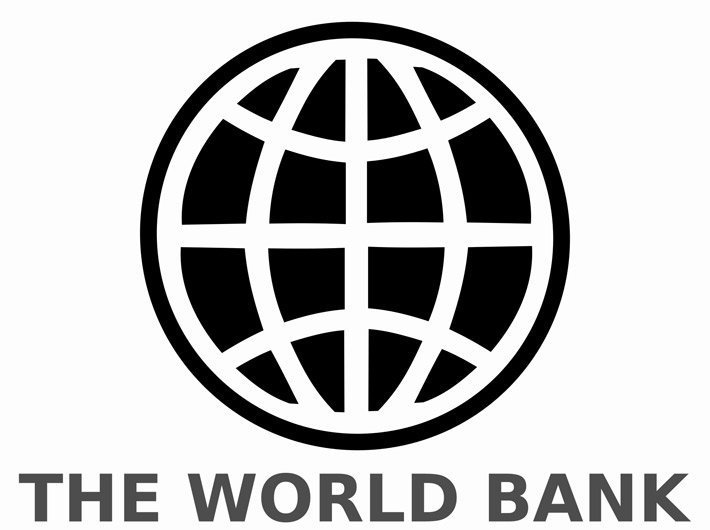Independent of the impacts of outsourcing, this diversion makes it more likely the programme will find itself constrained for its original intent
The US has received an enormous net surplus of inventors from abroad, while China and India have been major source countries. Some countries like Canada and the United Kingdom are major destinations but still experience a negative net flow due to even larger emigration rates for inventors, usually to the United States, says World Bank’s Policy Research Working Paper on “Global Talent Flows”.
It says that while unskilled workers are often drawn from the local labour forces within the country of operation, high-skilled staff and especially senior managers are frequently transferred within the firm throughout their careers. “In other cases, many large high-tech companies send recruiting teams to engineering schools in India and other developing countries. Given the large absolute numbers of students that are graduating abroad in countries like China and India, this traditional flow is quite likely to continue for some time”.
The US is the most cited example of a country that uses an employer-driven program for high-skilled immigration, with the H-1B and L1 visas as primary categories. The H-1B visa allows US companies to temporarily employ skilled foreigners in “specialty occupations,” defined to be those demanding application of specialized knowledge like engineering or accounting. The visas are popular in part due to their “dual intent” feature, which allows for the firm to also petition for permanent residency on behalf of the worker. Virtually all H-1B holders have a bachelor’s degree or higher and about 70 percent of the visas in recent years went to STEM-related occupations.
“India is by far the largest source country, accounting for about two-thirds of H-1B recipients in recent years. Visas are valid for three years and can be renewed once. Since 2004, the cap on new visa issuances has been 85,000, with 20,000 of these reserved specifically for advanced degree holders. Inclusive of renewals, 117 thousand H-1B visas were issued in fiscal year 2015 on a “first come, first served” basis.
“To protect domestic workers, firms are required to pay the visa holder the higher of the prevailing wage in the firm for the position, or the prevailing wage for the occupation in the area of employment. The mean annual starting compensation for a new H-1B worker was $75,000 in 2014,” the paper adds.
The paper goes on to say that in some years, including fiscal year 2016, applications for H-1B visas outstrip the available annual quota within a couple of days of the opening of the process.
More broadly, the centrality of employers in this approach can lead to certain disadvantages. Firms may use the program for purposes that are not in line with the intentions of the government. For example, US policymakers intended the H-1B program to be used by companies to find workers for specific high-skilled jobs.
“Yet a large share of H-1B visas in the past decade have been granted to Indian outsourcing firms that have realized the program can be used to temporarily bring their workers from India to the United States. This was not the goal of the program! Independent of the impacts of outsourcing, this diversion makes it more likely the program will find itself constrained for its original intent. Second, demand for visas under the employer-driven programs can show high volatility.”
The paper says that OECD countries continue to attract larger numbers of high-skilled migrants, particularly from non-OECD countries. While high-skilled emigration from OECD countries rose 68 percent to 10.2 million between 1990 and 2010, the total number of high-skilled migrants from non-OECD countries increased 185 percent, from 6.2 million to 17.6 million. This pattern is also evident in the extreme cases of sending countries.
“For the two decades prior to 2010, the United Kingdom was the largest origin country in terms of numbers of outbound skilled migrants. It was supplanted in 2010 by India (2.1 million) and the Philippines (1.5 million), while China (1.3 million) also had high absolute numbers of high-skilled emigrants. In terms of the greatest increases over time (and considering only those large countries that sent at least 25,000 highly skilled workers abroad), Algeria (a rise of 954 percent), Russia (910 percent), Bangladesh (459 percent), Romania (428 percent), Venezuela (423 percent), Ukraine (385 percent), Pakistan (380 percent) and India (370 percent) showed the greatest increases in high-skilled emigration between 1990 and 2010.”
Read the complete policy research working paper
